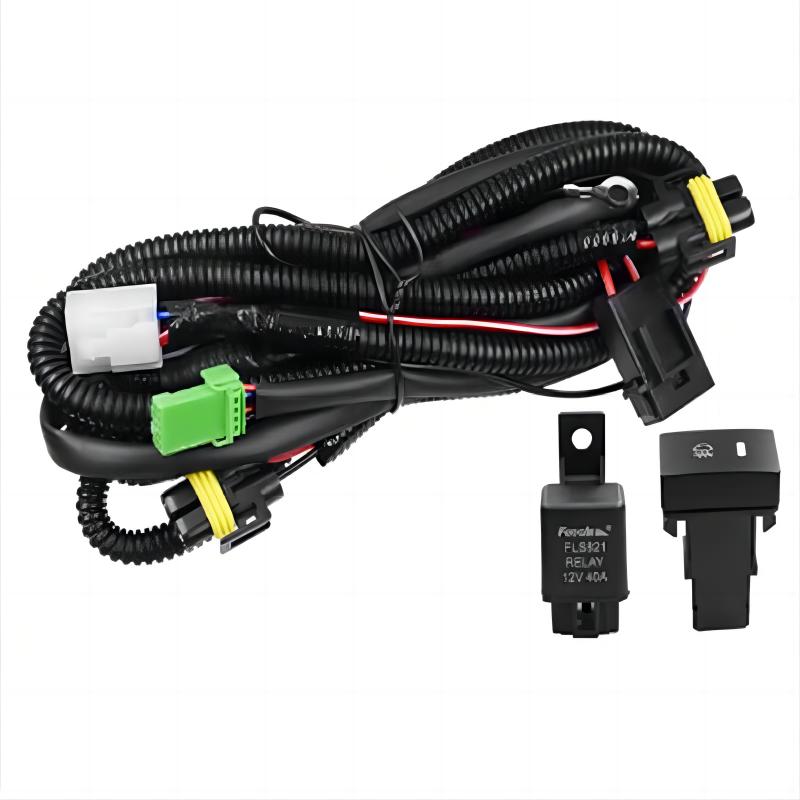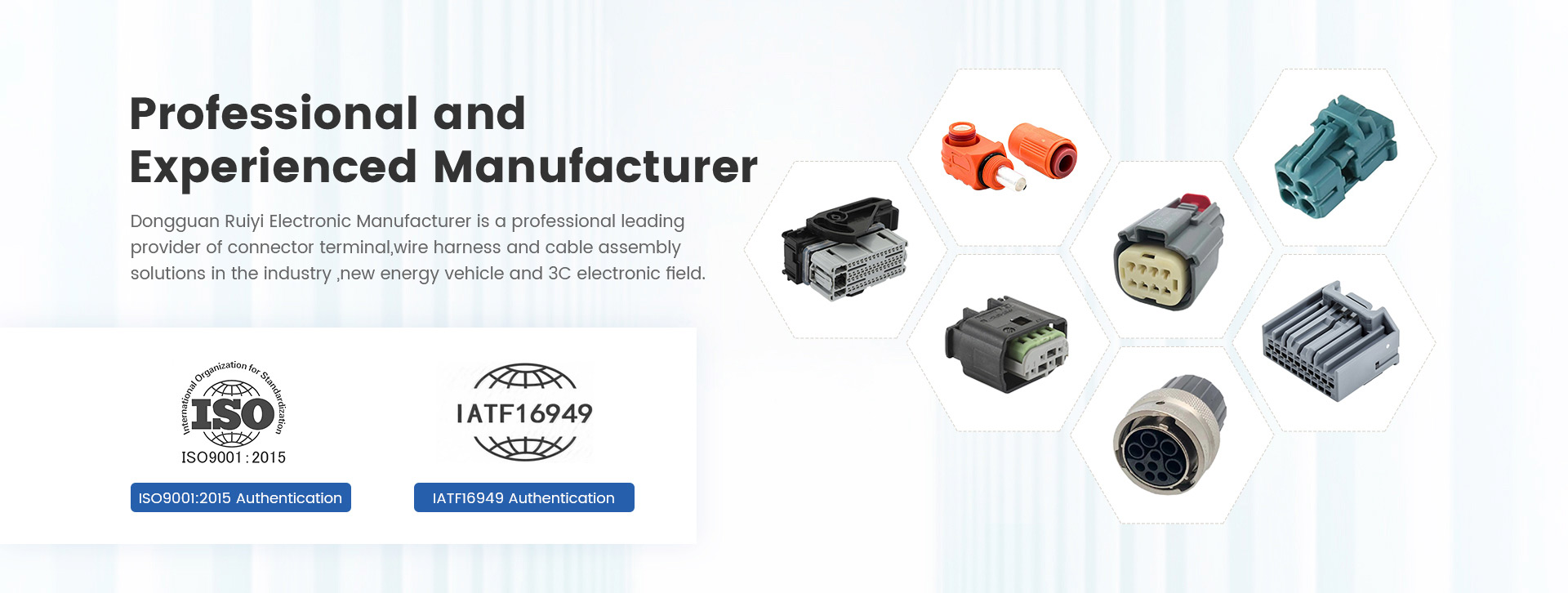In automotive manufacturing, Automotive Harnesses, also known as automotive Wiring Harnesses, play a crucial role in connecting various electrical sysTems and equipment. In order to ensure the stable performance, safety and reliability of the wiring harness, the selection and treatment of materials are particularly important. This article will delve into the key points of material selection and processing for Automotive Harnesses.

1. Principles of material selection
The material selection of Automotive Harnesses should follow the following principles:
Excellent conductivity: The core function of a wire harness is to conduct current, so the selected material must have good conductivity to ensure stable current transmission.
Good insulation performance: The insulation layer of the wire harness should be able to effectively isolate current, prevent short circuits and leakage, and ensure the safe operation of the electrical system.
High temperature and low temperature resistance: When the car operates in different environments, the wiring harness material should be able to withstand the test of high and low temperatures and maintain stable performance.
Corrosion resistance and aging resistance: harness materials shall have certain corrosion resistance and aging resistance to meet the challenges of complex chemical environment inside the vehicle and long-term use.
Environmental Protection and Sustainability: When selecting materials, their environmental performance and sustainability should be considered to reduce pollution to the environment.
2. Common materials and their characteristics
Conductive materials:
Copper: With good conductivity and processing properties, it is a commonly used conductive material in Automotive Harnesses.
Aluminum:Although its conductivity is slightly inferior to copper, it has a low density and light weight, making it suitable for lightweight design of automotive wiring harnesses.
Alloy materials, such as copper alloys, aluminum alloys, etc., combine the advantages of various metals to improve the comprehensive performance of wire harnesses.
Insulation material:
Polyvinyl chloride (PVC): It has good insulation and processing properties, low cost, and is a commonly used insulation material.
Polyethylene (PE): It has high temperature resistance and is suitable for insulation of wire harnesses in high-temperature environments.
Thermoplastic Elastomer (TPE): With excellent flexibility and weather resistance, it is suitable for insulation of wire harnesses in complex environments.
3. Material processing technology
Surface treatment: In order to improve the conductivity and corrosion resistance of wire harnesses, surface treatment is usually carried out on conductive materials, such as tin plating, silver plating, etc.
Insulation layer processing: The processing of the insulation layer includes processes such as extrusion and wrapping, ensuring a tight connection between the insulation layer and the conductive core wire, and improving the overall performance of the wiring harness.
Weaving and sheathing: In order to enhance the mechanical strength and wear resistance of the wire harness, a protective layer is usually woven or sheathed outside the wire harness.
4. Environmental Protection and Sustainable Development
In the process of material selection and treatment, the requirements of environmental protection and sustainable development should be fully considered. Measures such as selecting environmentally friendly materials, optimizing production processes, and reducing waste emissions can help achieve green manufacturing of automotive wiring harnesses.
In summary, the material selection and processing of Automotive Harnesses is a complex and important task. By following the selection principle, selecting appropriate materials, and adopting reasonable processing techniques, the stable performance, safety, and reliability of the wiring harness can be ensured, providing strong guarantees for the normal operation of the automotive electrical system. Meanwhile, emphasizing environmental protection and sustainable development can help promote the green transformation of the automotive manufacturing industry.


